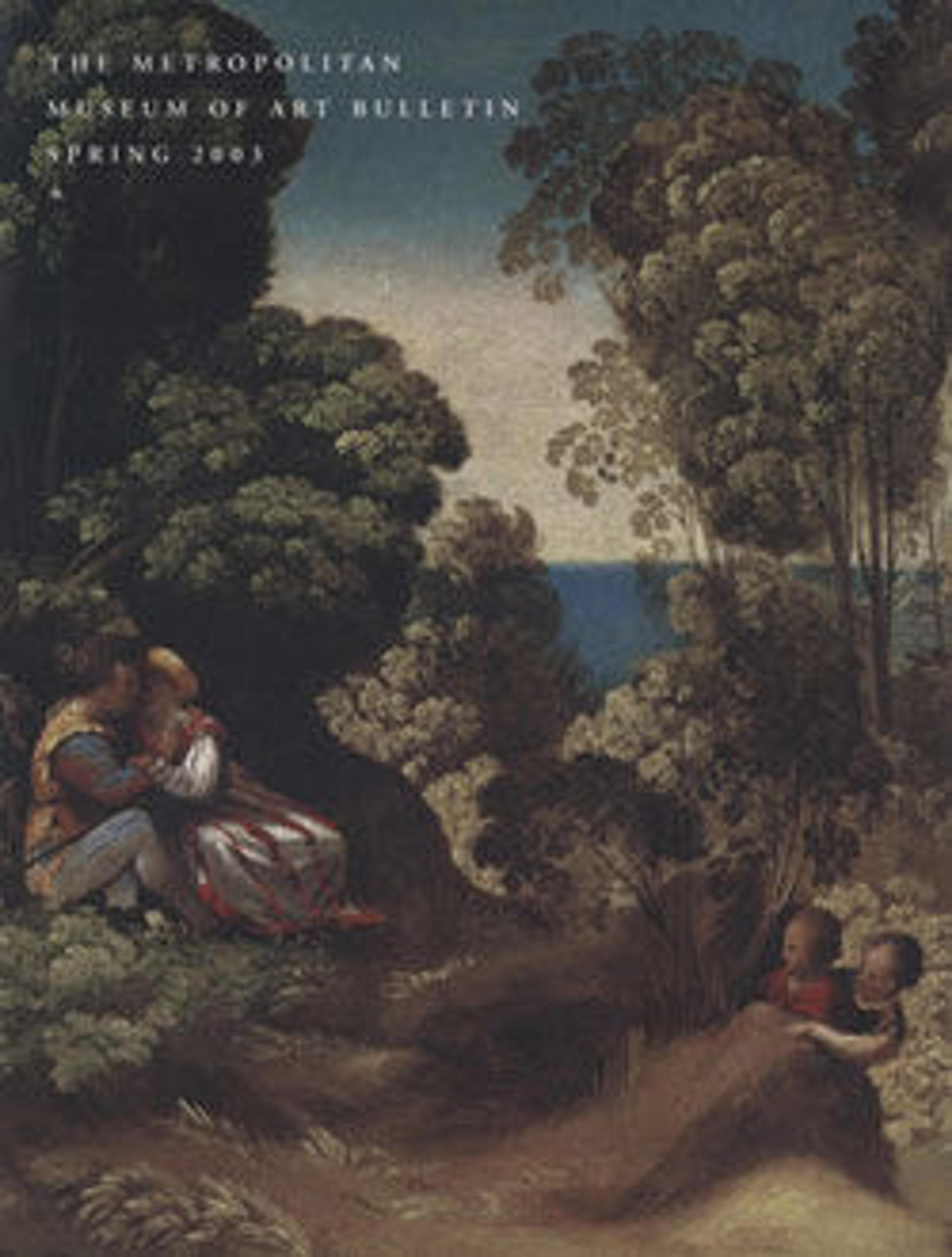Christ in the Wilderness
According to biblical text, following his baptism, Christ was led into the wilderness by the Holy Spirit, where he fasted for forty days and was "tested by Satan; and was with the wild beasts; and the angels ministered unto him" (Mark 1:13). Moretto imagines Christ steeped in introspective calm, remarkably unfazed as animals mill around him, angels fuss overhead, and a small dragon or basilisk creeps at his feet. This picture is a fragment; at some point someone cut it down at the left and top. To make this less conspicuous, the angels and cherubim were painted over, only to be uncovered more recently by conservators.
Artwork Details
- Title:Christ in the Wilderness
- Artist:Moretto da Brescia (Alessandro Bonvicino) (Italian, Brescia ca. 1498–1554 Brescia)
- Date:ca. 1515–20
- Medium:Oil on canvas
- Dimensions:18 x 21 3/4 in. (45.7 x 55.2 cm)
- Classification:Paintings
- Credit Line:Rogers Fund, 1911
- Object Number:11.53
- Curatorial Department: European Paintings
More Artwork
Research Resources
The Met provides unparalleled resources for research and welcomes an international community of students and scholars. The Met's Open Access API is where creators and researchers can connect to the The Met collection. Open Access data and public domain images are available for unrestricted commercial and noncommercial use without permission or fee.
To request images under copyright and other restrictions, please use this Image Request form.
Feedback
We continue to research and examine historical and cultural context for objects in The Met collection. If you have comments or questions about this object record, please contact us using the form below. The Museum looks forward to receiving your comments.
